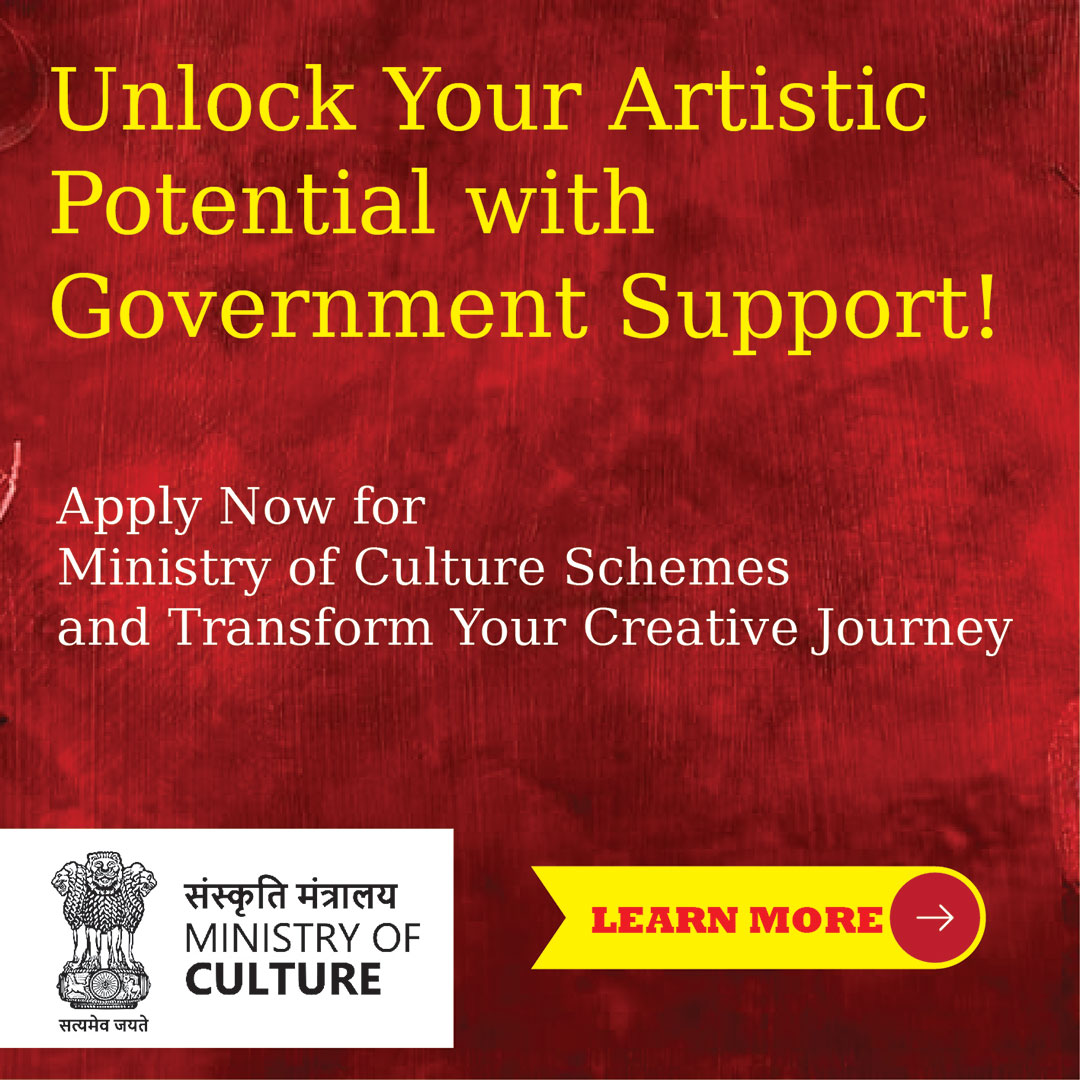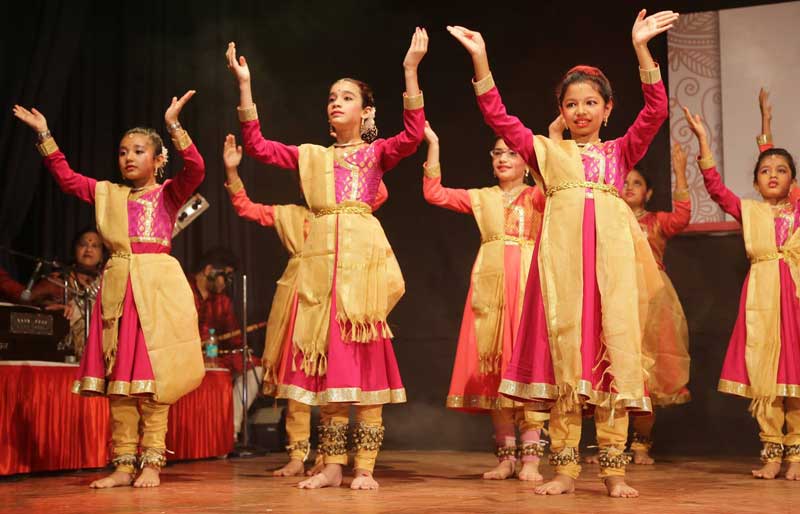New Delhi based Dr. Dimple Kaur is an accomplished dancer, Curator & Director with proficiencies in Bharatnatyam, Vilasini Natyam & Chhau. She has carved herself from a highly energetic young girl into a multidimensional woman with a precise purpose. She is an active theatre personality and has acted in a few Films, Television and Original Productions. She is an acclaimed overseas artist as well and spread the popularity of Indian Classical Dance on foreign soil. She has been regularly performing in the USA, Germany, Poland, Austria, Turkey and Australia.

At a given point in time of her prime age, she realised the true nature of Natya(Dance) – was “Therapeutic”. Rightly so, she was on the quest to find out more about it. This quest led her to become Psychotherapist. A highly qualified Consultant Psychotherapist, Dimple also has Doctorate, MS, and MA degrees to her credit. She has now pioneered the integration of Psychotherapy with Natya Shastra and has created a new pedagogy – “Applied Natya Therapy”. This is the healing modality based on the therapeutic aspects of Natya Shastra. She has been conducting the workshops in training the dancers and the therapists alike across the globe. Her Vision is to establish Natya Shastra as a scientific manual and bring the glory of Bharata Muni on global education and research level.
Dr. Dimple Kaur shared her wisdom for ClassicalClaps readers on “Vachika” aspect of abhinaya and its application in Applied Natya Therapy.
‘Vachika’ – the spoken word, is one of the four pillars of Natya Shastra, the other three being costume, body and experience.
According to Dr. Dimple, “Vachika is all about a person able to express, communicate, tell, relate, translate and reach to the other person what we are perceiving and feeling. This we can only do with words we know of. And yet sometimes the emotions are not shown in just the words but the intonation. The right voice could easily and effectively bring out the right emotion.”
She says, “In my attempt to find a way to revive Vachika in this modern world where the spoken word does not hold the relevance it did before I stumbled upon the works and poems of Amrita Pritam. And as I read and recited the poems by this prominent Punjabi poet, I was surprised by the power of words and voice on the body and emotions and realised that emotions are not just words but are incomplete without their intonation, such pregnant words made me aware of the conception of such poetry & as my soul is forever dancing, the tool of my body, therefore, had to dance on her words.“
 Keeping in mind the ethos and depth of what Amrita wanted to communicate which is both timeless and relevant, Dimple put together a confluence of dance and theatre to present a first of its kind Punjabi language based production.
Keeping in mind the ethos and depth of what Amrita wanted to communicate which is both timeless and relevant, Dimple put together a confluence of dance and theatre to present a first of its kind Punjabi language based production.
“Main Amrita, Kuch kahi, kuch AnKahi is a Bhana & Lasya style of plays as described in the Natya Shastra. ‘Bhana’ is to be acted by a single character and it is of two kinds; one that is a recounting of one’s own feelings and; the second that describes someone else’s acts. The ‘Bhana’ should include many incidents”, informs Dr. Dimple referring to the description as in Natya Shastra.
Explaining further about the choreography, Dimple says, “Though feminism came much later in the last century the emotions have always been there in pervasive and prevalent form. In this choreography, I start with the dreams and longing for love, which is beyond the realms of time and society. The practical reality of the dream, marriage is, is beautifully captured in the poem ‘Kuvanri’ (The Virgin) and is interpreted by the dancer in today’s manifestations of domestic abuse and marital rapes. The psychological numbness and quietness is portrayed in the poem titled ‘Chup’, followed by the poem titled ‘Mere Dost. Ae Mere Ajnabi’is poem of hopefulness and yet the transitory nature of love and relationships. The cycle of love and pain continues as the longing intensifies. The next poem is about the undying spirit of the women Suraj Nu Sare Khoon Maaf Han and yet she says ‘I will meet you yet again…’ and I am ‘Swatantra Rooh’ (A liberated soul).”
This performance has not only travelled to many festivals but has also brought about the catharsis in many viewers. The main purpose of any art, especially Indian Classical Dance is to heal and uplift, both the dancers and the audience. This performance voices out the silent sufferings in the oldest manner and encourages the viewers to rethink on the social evils like domestic violence, rapes and dowry burning, prevalent even today.
The Punjabi language has not been associated with the beauty and poetry it deserves and as there has been limited research and promotion which has led to ma ass audience not associating and appreciating the depth and finesse of the crafted words. I also wore the traditional weave of Punjab – Phulkari and improvised on the costume (the acharya in natya).
This is Dimple’s unique attempt to bring out in a contemporary form the possibilities and emotions that can be stirred with Punjabi language and she sincerely hopes and believe that this will be appreciated and it will be looked upon as an opportunity to experience art and its manifestations in a new language.











2 thoughts on “The Voice and Body of Emotions in Applied Natya Therapy – A new way to heal”
It is a very unique way to evoke certain untouched aspects of finesse of punjabi language to b appreciated & its finest forms in live performance to be experienced by viewers & performers.
Thanks a lot Meeta ji .